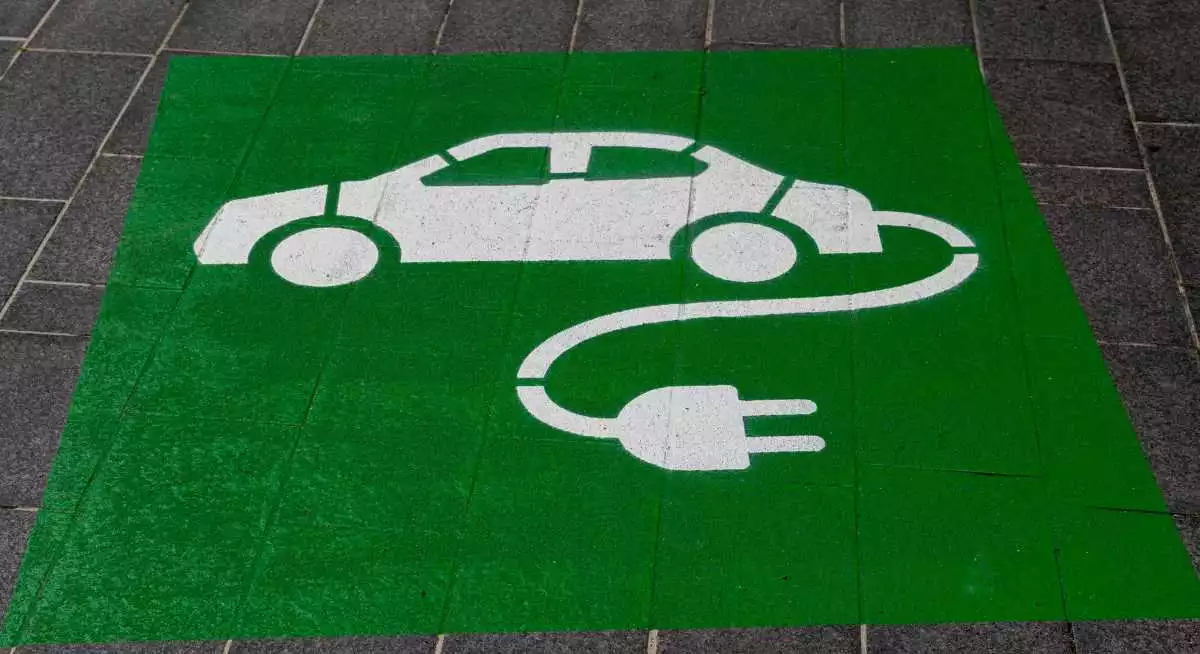Catalyzing Urban Evolution: The Role of the Internet of Things in Transforming Smart Cities
In an increasingly interconnected world, cities are rapidly evolving to keep pace with the demands of the modern age. Urbanization is a global trend, with more than half of the world’s population now living in cities. This growth presents both challenges and opportunities for urban planners, policymakers, and residents. To navigate this complex landscape, the Internet of Things (IoT) has emerged as a transformative force, reshaping urban environments into smarter, more efficient, and sustainable spaces. This article explores the pivotal role of the Internet of Things in transforming smart cities.
Defining Smart Cities
Before delving into the role of the IoT, it’s essential to understand what constitutes a smart city. A smart city is one that utilizes technology and data-driven solutions to enhance the quality of life for its residents while optimizing resource management and infrastructure. These cities leverage cutting-edge technologies to address issues such as traffic congestion, energy consumption, waste management, and public safety.
The IoT as the Backbone of Smart Cities
The IoT is a network of interconnected devices, sensors, and software that collect and exchange data. In the context of smart cities, these devices are embedded in urban infrastructure, creating a vast ecosystem of data sources. This wealth of information allows city authorities to gain real-time insights into various aspects of city life.
Also read; Countdown to Innovation: What to Expect from Apple’s iPhone 15 Series Launch on September 13
Enhancing Urban Mobility
One of the most significant challenges faced by cities is traffic congestion. The IoT plays a pivotal role in addressing this issue by enabling smart transportation systems. Sensors placed on roads and in vehicles can provide real-time traffic information, allowing for dynamic traffic management and optimizing traffic flow. Moreover, IoT-powered public transportation systems offer commuters real-time updates on bus and train schedules, reducing wait times and improving the overall transportation experience.
Sustainable Energy Management
Sustainable energy management is another critical aspect of smart cities. The IoT facilitates the integration of renewable energy sources, such as solar and wind, into the power grid. Smart grids equipped with IoT sensors can monitor energy consumption patterns and adjust supply accordingly, minimizing waste and reducing carbon emissions. Additionally, smart buildings equipped with energy-efficient IoT devices can optimize heating, cooling, and lighting systems, further reducing energy consumption.
Efficient Waste Management
Effective waste management is essential for maintaining a clean and healthy urban environment. IoT-enabled waste bins equipped with sensors can alert sanitation departments when they need to be emptied, eliminating the inefficiency of fixed collection schedules. This not only reduces operational costs but also contributes to cleaner streets and reduced environmental impact.
Improving Public Safety
Ensuring the safety of citizens is a top priority for smart cities. IoT-powered surveillance cameras and sensors can monitor public spaces and detect unusual activities or emergencies in real time. Law enforcement agencies can respond more quickly and effectively to incidents, enhancing overall public safety. Furthermore, the IoT can be used to create smart emergency response systems, enabling faster and more coordinated responses to natural disasters or accidents.
Enhancing Quality of Life
Smart cities aim to enhance the quality of life for their residents in various ways. For instance, IoT-enabled healthcare devices can monitor the health of individuals, especially the elderly or those with chronic conditions, and provide timely alerts to healthcare providers or family members in case of emergencies. Additionally, smart street lighting systems can adjust brightness based on ambient light levels, improving energy efficiency and reducing light pollution.
Data-Driven Decision-Making
The key to the success of smart cities is data. The IoT generates an immense amount of data from various sources, providing city authorities with valuable insights. Advanced analytics and artificial intelligence algorithms can process this data to make informed decisions regarding urban planning, resource allocation, and policy development. For example, traffic data can inform road expansion projects, while energy consumption patterns can guide energy-saving initiatives.
Challenges and Concerns
While the IoT holds tremendous potential for transforming smart cities, it also brings forth challenges and concerns. Privacy and data security are paramount issues, as the vast amount of data collected could be vulnerable to cyberattacks or misuse. Additionally, the digital divide must be addressed to ensure that all residents can access and benefit from smart city initiatives.
Also read; Troubleshooting Guide: How to Fix Error Connecting to iCloud on Mac
Conclusion
In conclusion, the Internet of Things is playing a pivotal role in the transformation of smart cities. By harnessing the power of data and technology, cities can become more efficient, sustainable, and livable. The IoT enables improvements in urban mobility, energy management, waste disposal, public safety, and overall quality of life. However, it is crucial for city planners and policymakers to address the challenges and concerns associated with IoT implementation to ensure that the benefits are accessible to all residents. As our cities continue to evolve, the IoT will remain a driving force behind their transformation into smarter, more resilient, and more prosperous urban spaces.




